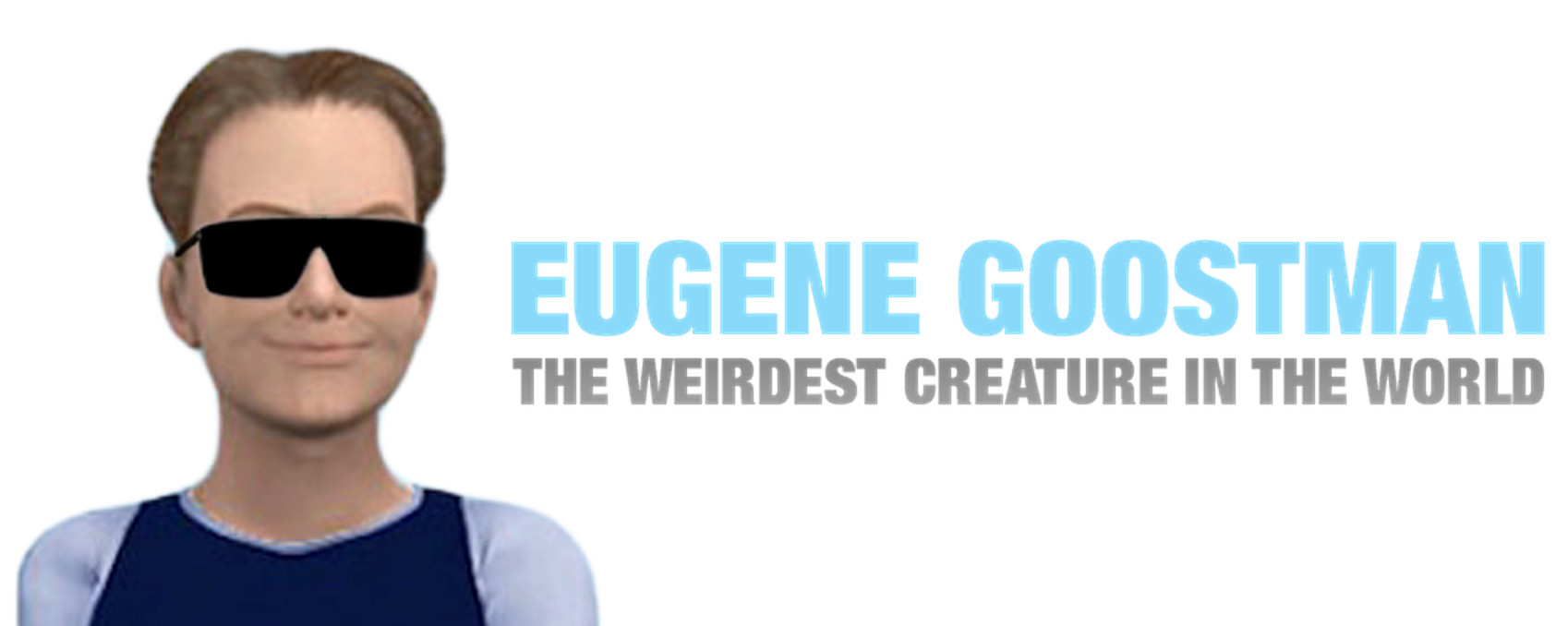It seems clear that computers are becoming more intelligent, but in the face of this fact, our definition of intelligence itself seems increasingly blurry. The University of Reading recently made an announcement exemplifying this trend:
The 65 year-old iconic Turing Test was passed for the very first time by computer program Eugene Goostman during Turing Test 2014 held at the renowned Royal Society in London.
At its face, this is huge and historic news. Alan Turing’s proposal of the eponymous test threw down the field of Artificial Intelligence’s original gauntlet. For a computer program to pass for human is no small feat and the creators have done something no one has achieved until now.
Within the world of Long Now’s Long Bets, as well, $20,000 is on the line – Mitch Kapor predicted in 02002 that “By 2029 no computer – or “machine intelligence” – will have passed the Turing Test.” He argued that when it comes to human knowledge and culture,
It is such a broad canvas, in my view, that it is impossible to foresee when, or even if, a machine intelligence will be able to paint a picture which can fool a human judge.
Ray Kurzweil, who helped popularize the Turing Test in his books The Age of Spiritual Machines and The Singularity is Near took him up on the bet, countering that sufficient reverse-engineering of the human brain will allow for computer programs that can think like a human and that trends within the relevant research are accelerating much like the power of computers themselves.
Eugene Goostman would appear to have beat Kapor’s deadline by 15 years!
As with any wager, though, the devil is in the details, and here is where we come back to fuzzy definitions of intelligence. Eugene Goostman the computer program poses as a 13 year-old who is communicating in a language that isn’t his first. Interrogators had only had 5 minutes with which to get to know “him.” And in the end, a “passing” grade for this test was 30% – the program managed to convince 33% of judges it was human.
In a way, we have to talk about Turing tests. The Turing test passed by Eugene Goostman in not the same Turing test proposed by Kapor and Kurzweil. Indeed, Kurzweil found Eugene Goostman to be rather lacking, posting a transcript of a conversation he had with the program and pointing out some of its clearly non-human characteristics:
I chatted with the chatbot Eugene Goostman, and was not impressed. Eugene does not keep track of the conversation, repeats himself word for word, and often responds with typical chatbot non sequiturs.
His bet with Mitch Kapor stipulates that interviews will last 2 hours, which would allow for significantly more in-depth conversation and, one assumes, a much easier time in determining computer or human. Kurzweil has not conceded the bet and even explains that he expects a long period of dubious and debated claims that computers have passed Turing’s test.
Turing’s test was explicitly meant to ignore the mechanisms of thought and to focus on the experience of it, but in tweaking the rules of the test we implicitly set a bar and work towards a definition for human intelligence. The bar cleared by Eugene Goostman may not be high enough to indicate human-level intelligence to Kurzweil or many others, but there can be little doubt that higher bars will yet be cleared and each one’s demonstration of intelligence debated.
